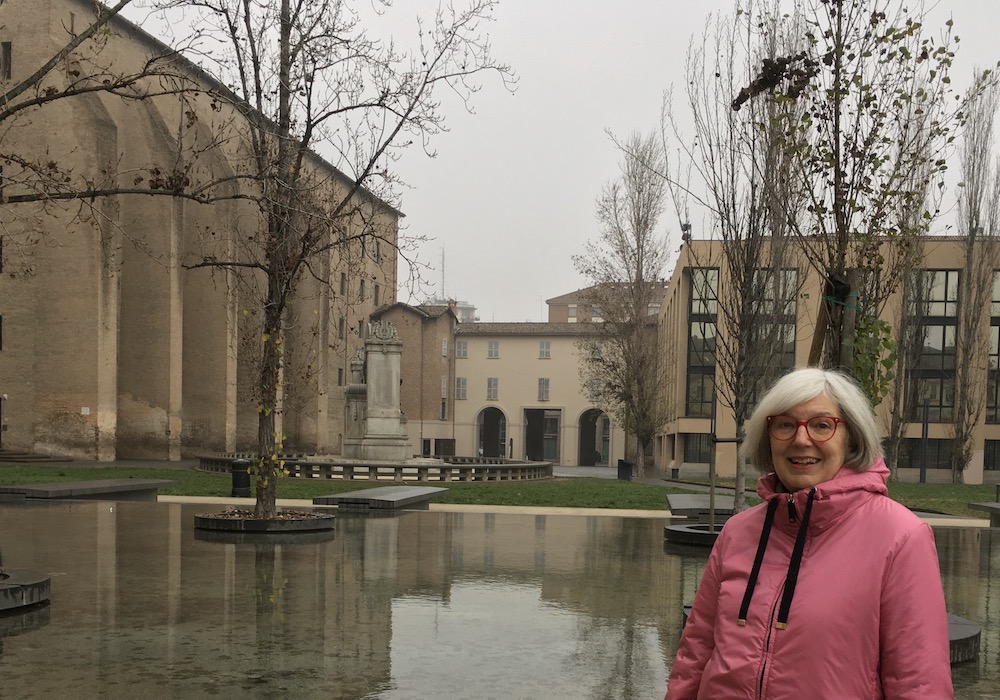Special Series/ Singapore 2015
If each city is like a game of chess, the day when I have learned the rules, I shall finally possess my empire, even if I shall never succeed in knowing all the cities it contains.
—Italo Calvino, Invisible Cities
Can you describe the mood of Singapore as you feel or see it?
The mood is one of people always on the go and seeking material success. I wonder if anyone ever has the time to reflect on the simple things in life. Most of the people are always in a mad rush, not focusing their minds on doing things close to their hearts.
What is your most heartbreaking memory in this city?
The demolition of the old Singapore, old buildings, and the hectic pace of development that removes not only physical structures but also one's sense of identity. For instance, the old National Library at Stamford Road was removed in order to make way for a road tunnel, which is something we could have done without. The library, the coffee shop, and the former drama center at Fort Canning arouse nostalgic feelings for many of us. The new library at Victoria Street doesn't quite capture the aura and atmosphere of the old National Library.
What is the most extraordinary detail in the city, one that goes unnoticed by most?
Little oases scattered about in this perennially expensive city, where the less privileged and the sturdy blue-collar workers while away their free time without a care in the world and without having to pay a fee.
What writer(s) from Singapore should we read?
One must read the works of Singaporeans alongside those of other Southeast Asian and Asian literary artists. It is long list, one that will go a long way in one's search for identity and roots, which can then act as a spur for literary works to come.
Is there a place in Singapore that you return to often?
I would love to, yet the moment one gets familiar with any one place, it vanishes all too soon.
Is there an iconic literary place we should know?
The Singapore River.
Are there hidden cities within this city that have intrigued or seduced you?
Serangoon Road, the Old Geylang market area, the new Upper Changi Road area, comprising Lorong Melayu, Marzuki and Marican and Changi Village.
Where does passion live here?
Passion comes from within, from one's heart, out of a sense of yearning.
What is the title of one of your works about Singapore and what inspired it exactly?
The poems “Singapore River,” “Our Home that Was,” “Harmony,” “Karung guni,” and “Cityhall and Piece of Rubber” were inspired by the familiar surroundings I grew up in and the people I met and stopped to admire along the way.
Inspired by Levi: “Outside Singapore, does an outside exist?”
No. Wherever one goes, or even if one leaves one's country to settle in another, the mind and the body continue to hark back to the place where they spent their most precious years.
Kanagalatha (Latha) has published two collections of poetry in Tamil: Theeveli (Firespace) (2003) and Paampuk Kaattil Oru Thaazhai (A Screwpin in Snakeforest) (2004). Her short story collection, Nan kolai Seyium penkkal (Women I Murder), won the Singapore Literature Prize in 2008. The English translation of her short story collection was published as The Goddess in the Living Room in 2014. Latha also edited Letters from Grandma and Grandpa (2008) and G. Sarangapany's Literary Leagacy (2013). Her poems and short stories have been published in several anthologies of Singapore writing, including Fifty on 50 (2009) and Tumasik: Contemporary Writing from Singapore (2009). Her poetry was featured on Singapore’s MRT network in 1996 and also in the 2011 Moving Words campaign by The Literary Centre Singapore. Her works have been translated into English, French, and German. She is currently the Sunday editor of Tamil Murasu, Singapore’s Tamil daily newspaper.











